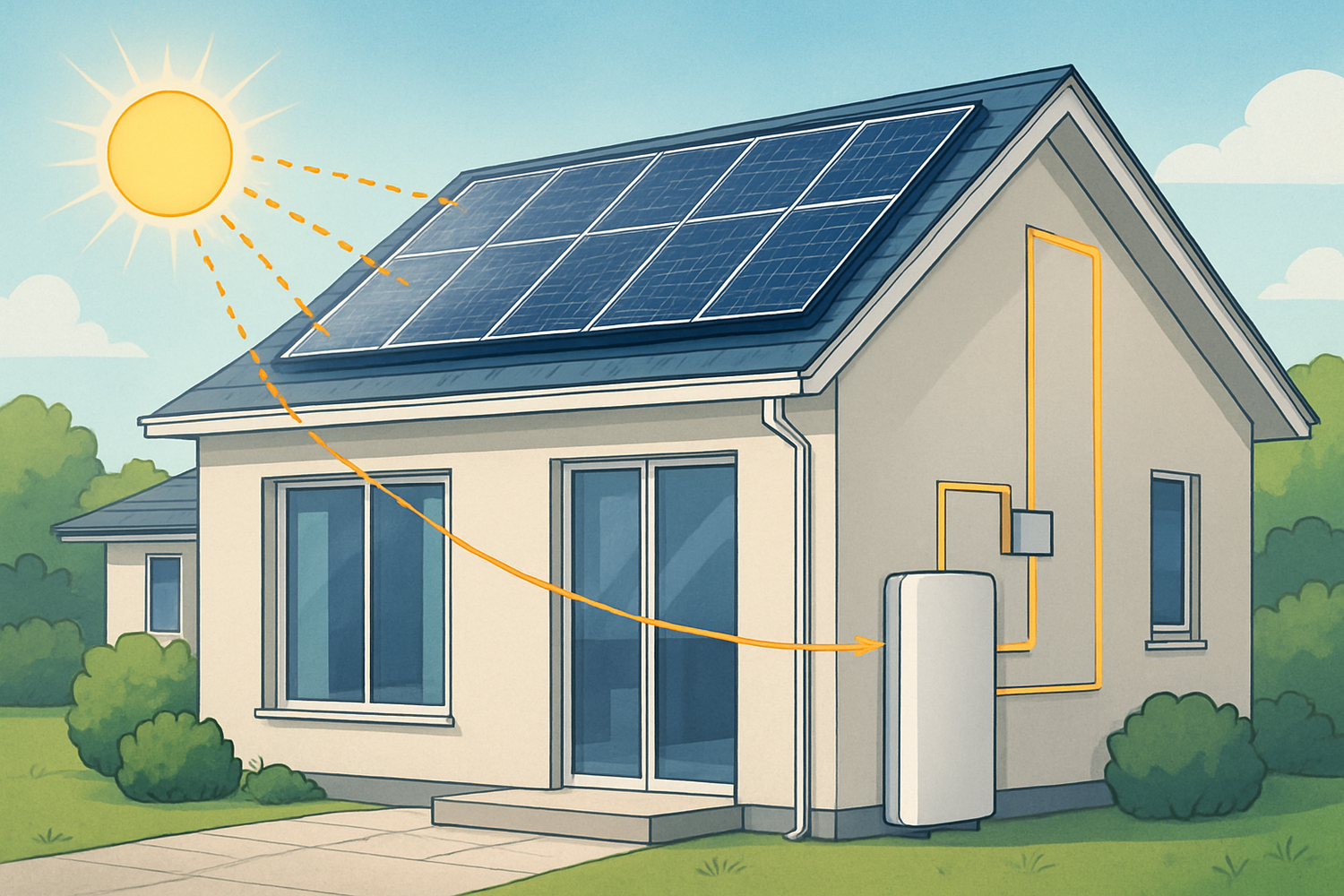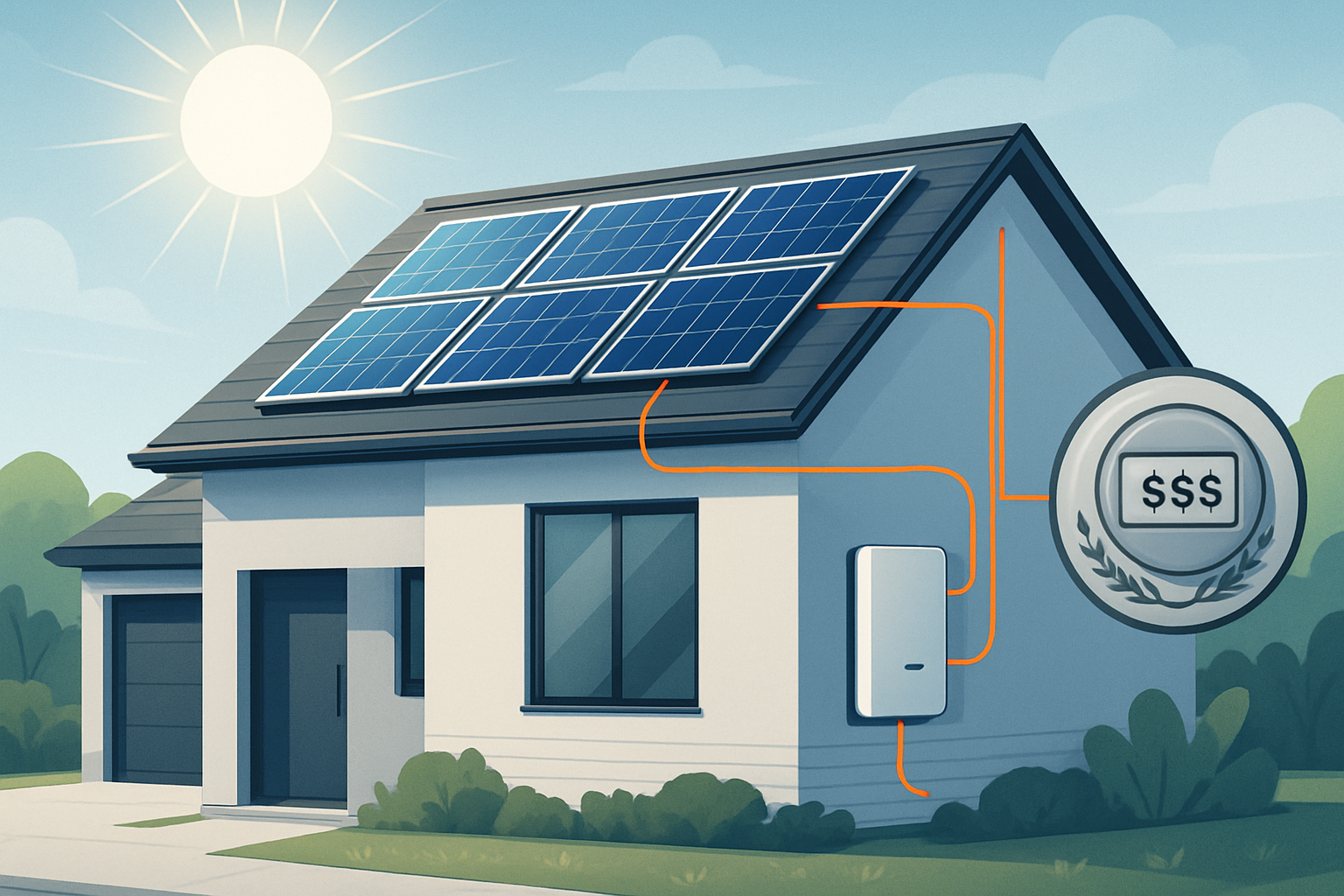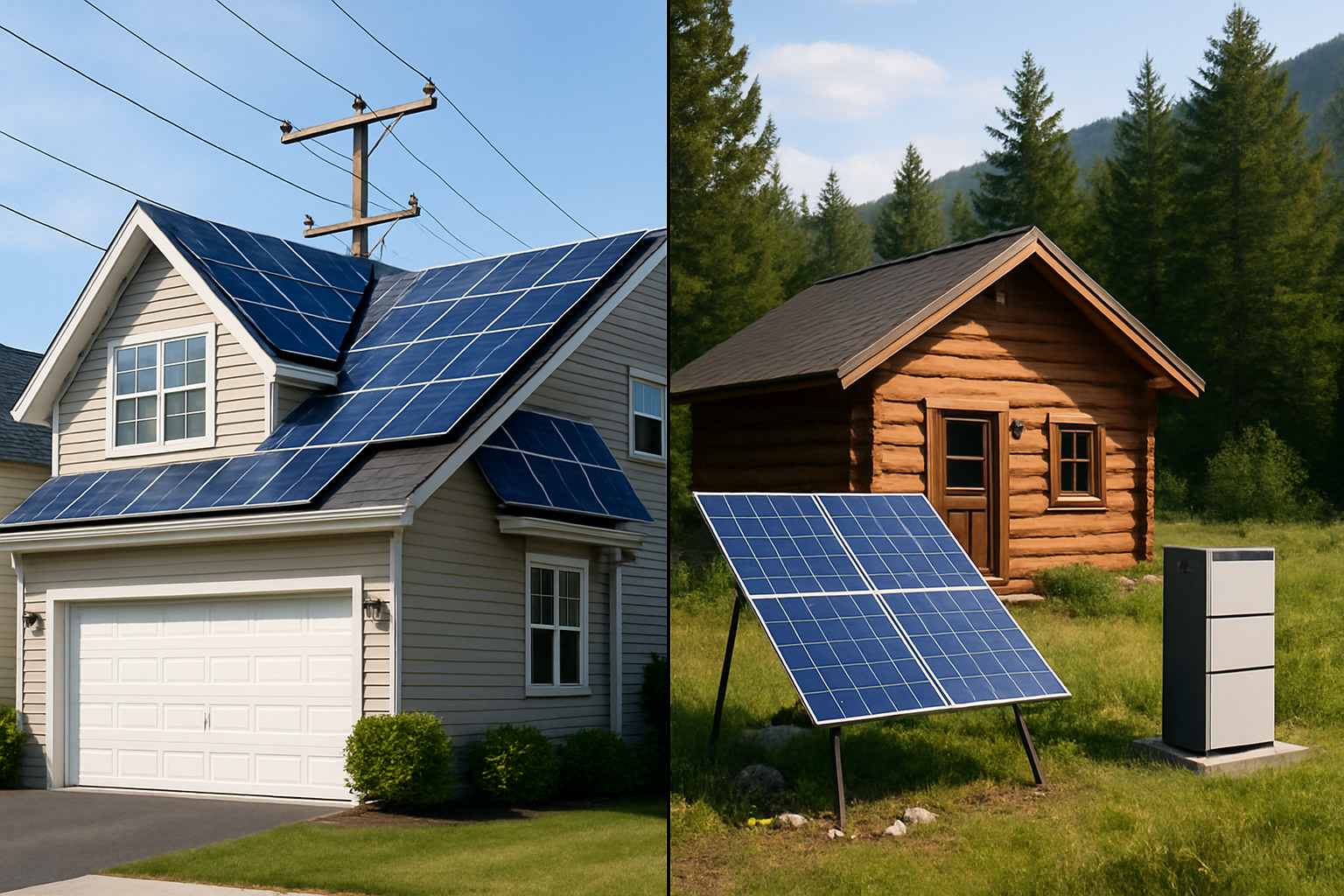Investing in solar energy is a significant decision. Many individuals and businesses consider the initial cost, often hearing various claims about how long it takes to recover their investment. These perceptions sometimes create confusion, overshadowing the substantial benefits and the evolving economics of solar power. This article separates fact from fiction regarding solar costs and explores how integrating energy storage reshapes the financial landscape of solar adoption.
The Evolving Landscape of Solar Costs
Historical Trends in Solar PV Pricing
The cost of solar photovoltaic (PV) technology has experienced a remarkable reduction over the past decade. This consistent decline has made solar energy increasingly accessible and competitive. For instance, early expectations regarding the learning rate of PV have been confirmed by rapid cost reductions driven by widespread deployment.
This trend is not slowing. The International Renewable Energy Agency (IRENA) highlights that the global weighted-average Levelized Cost of Electricity (LCOE) for solar PV has fallen significantly, positioning solar as a highly competitive energy source.
| Year | LCOE (USD/kWh) |
|---|---|
| 2010 | ~0.378 |
| 2020 | ~0.057 |
| 2023 | ~0.048 |
| Source: IRENA Renewable Power Generation Costs reports (approximate figures based on trends) | |
Beyond the Upfront Price Tag: Understanding Total Costs
The total cost of a solar energy system includes more than just the panels. It encompasses hardware, installation, and various "soft costs" such as permitting, inspection, and customer acquisition. While hardware costs have seen the most dramatic decreases, efforts continue to reduce soft costs, making solar more affordable overall.
Understanding these components helps you evaluate the true value of your investment. You are acquiring a system that generates clean electricity for decades, reducing or eliminating your utility bills and providing long-term energy security.
The True Value of Solar Energy: Payback Explained
Calculating Your Solar Return on Investment (ROI)
The payback period for a solar system refers to the time it takes for your energy savings to offset the initial investment. Several factors influence this period, including your local electricity rates, the amount of sunlight your location receives, the size and efficiency of your solar system, and your household or business energy consumption patterns. Government incentives also play a significant role.
While specific payback times vary, many systems achieve payback in a range that makes them an attractive financial proposition. After the payback period, the electricity generated is essentially free, leading to substantial savings over the system's lifespan.
Incentives and Policies Driving Affordability
Governments and local authorities often offer incentives to encourage solar adoption. These can include tax credits, rebates, and net metering programs. Net metering, for instance, allows you to send excess electricity generated by your solar panels back to the grid, often receiving credits on your electricity bill. These incentives significantly reduce the net cost of your system and shorten the payback period.
These policies reflect a broader commitment to renewable energy and can provide a strong financial boost to your solar investment. For example, a combination of ambitious renewable energy standards and time-of-use electricity pricing has historically driven significant solar deployment in regions like California.
Integrating Energy Storage: A Game Changer for Payback
Why Storage Matters: Enhancing Solar's Value
Solar energy is a powerful resource, but its generation is intermittent; it produces electricity when the sun shines. Energy storage systems, particularly those utilizing advanced battery technology, address this. By storing excess solar energy generated during the day, you can use it during peak demand hours, at night, or during grid outages. This capability enhances your self-consumption, reduces reliance on the grid, and provides critical backup power.
Hybrid systems, which combine solar PV with battery storage, are increasingly deployed to enhance grid flexibility and reduce curtailment. Batteries in these systems allow electricity to be shifted to periods of higher demand or market value, improving system reliability.

The Economics of Solar-Plus-Storage Systems
While adding an energy storage system increases the initial investment, it often provides substantial long-term economic benefits. These benefits stem from maximizing your solar self-consumption, reducing peak demand charges, and potentially selling stored energy back to the grid during high-value periods. The economic viability of energy storage systems depends on their operational profile within a specific electricity market, their response to price signals, and their performance of functions such as energy arbitrage and frequency regulation.
Projections indicate a significant increase in the deployment of electricity storage, reflecting its growing role in the energy system. This growth is driven by the increasing recognition of storage's ability to maximize solar's economic benefits and improve overall grid stability.
| Feature | Solar-Only System | Solar-Plus-Storage System |
|---|---|---|
| Energy Self-Consumption | Limited to daytime generation | Maximized by storing excess for later use |
| Grid Independence | Dependent on grid for nighttime/cloudy periods | Increased independence; provides backup power |
| Peak Demand Savings | Less impact unless generation aligns with peaks | Significant savings by avoiding peak rates |
| Energy Arbitrage | Not applicable | Ability to buy low, sell high (if policies allow) |
| Blackout Protection | None (unless specific inverter type) | Provides backup power during outages |
Our Approach to Integrated Energy Solutions
We bring years of experience in the solar and energy storage industry. Our focus lies in manufacturing high-performance, safe, and reliable lithium iron phosphate (LiFePO4) batteries. We develop integrated energy storage systems (ESS) that combine these advanced batteries with hybrid inverters and solar panels, offering complete home energy solutions. For locations off the main grid, our off-grid solar solutions provide complete energy independence for homes, farms, and remote cabins. We also offer solar inverters that efficiently convert direct current (DC) electricity from your panels into usable alternating current (AC) for your home. Our commitment is to deliver reliable and scalable energy solutions, empowering you to achieve true energy independence.
Dispelling Common Solar Payback Myths
Myth 1: Solar is Too Expensive for Most Homes
This perception often stems from outdated information. As discussed, solar panel costs have dropped dramatically. Financing options, including loans and leases, make solar accessible with little to no upfront cost. You can start saving on your electricity bills immediately, often paying less than your previous utility bill while building equity in your energy system.
Myth 2: Payback Takes Decades
While the exact payback period varies, it is typically much shorter than several decades. With declining equipment costs, robust incentives, and rising electricity prices, many homeowners and businesses see their investment returned within a reasonable timeframe. The system then continues to generate free electricity for its remaining operational life, often 25 years or more, providing substantial net savings.
Myth 3: Batteries are Not Economically Viable
Historically, battery storage presented a higher barrier to entry. As recently as 2016, prices for small battery systems started at USD 1,100 per kilowatt-hour (kWh), making profitability challenging for homeowners due to payback times potentially exceeding technical lifetimes. However, the landscape has changed significantly. Advancements in lithium-ion battery technology, particularly LiFePO4, have driven down costs while improving performance and lifespan. While estimating the Levelized Cost of Storage (LCOS) for standalone projects remains complex, the value proposition of integrated solar-plus-storage systems is clear. They offer enhanced self-consumption, grid resilience, and the ability to capitalize on time-of-use rates, accelerating overall energy savings and making batteries a sound investment for long-term energy independence.
Empowering Your Energy Future
The reality of solar energy, especially when paired with modern energy storage, is one of increasing affordability, faster returns, and greater energy independence. You gain control over your energy consumption, protect yourself from rising utility costs, and contribute to a sustainable future. By understanding the true economics and dispelling common misconceptions, you can make an informed decision to secure a reliable and resilient energy solution for your property.





Leave a comment
All comments are moderated before being published.
This site is protected by hCaptcha and the hCaptcha Privacy Policy and Terms of Service apply.